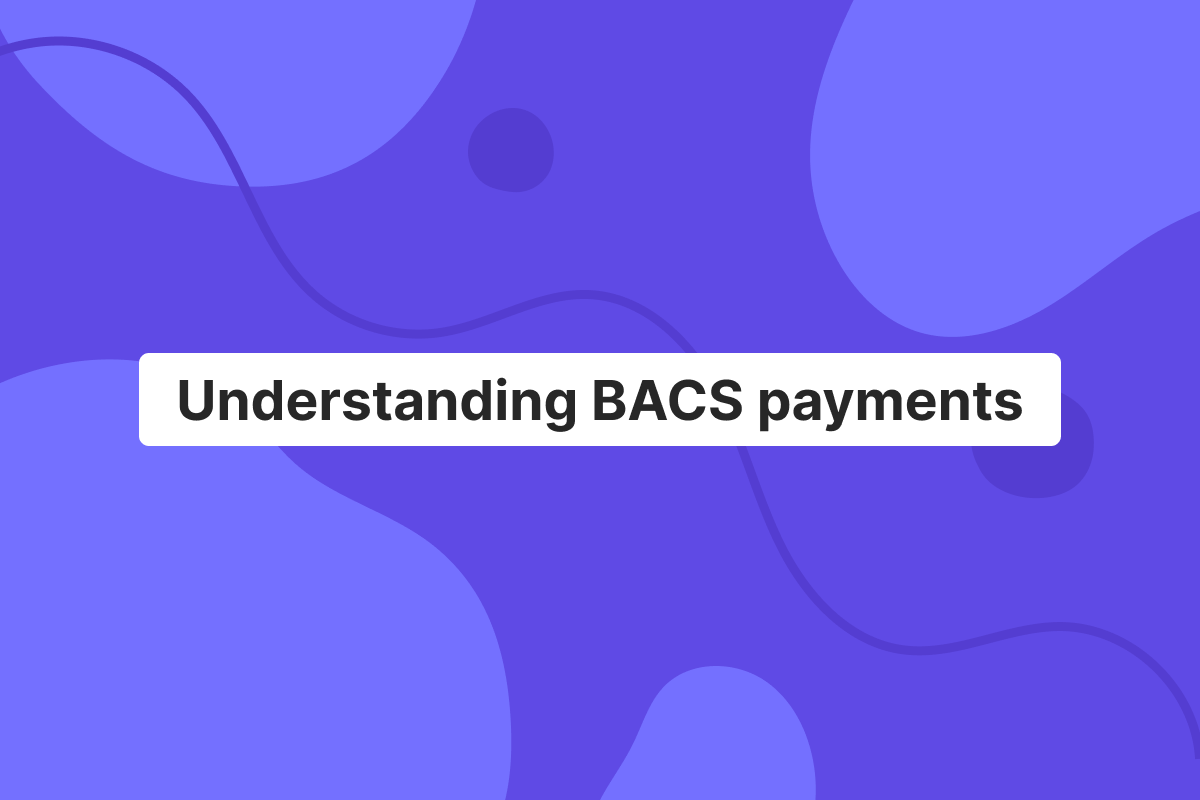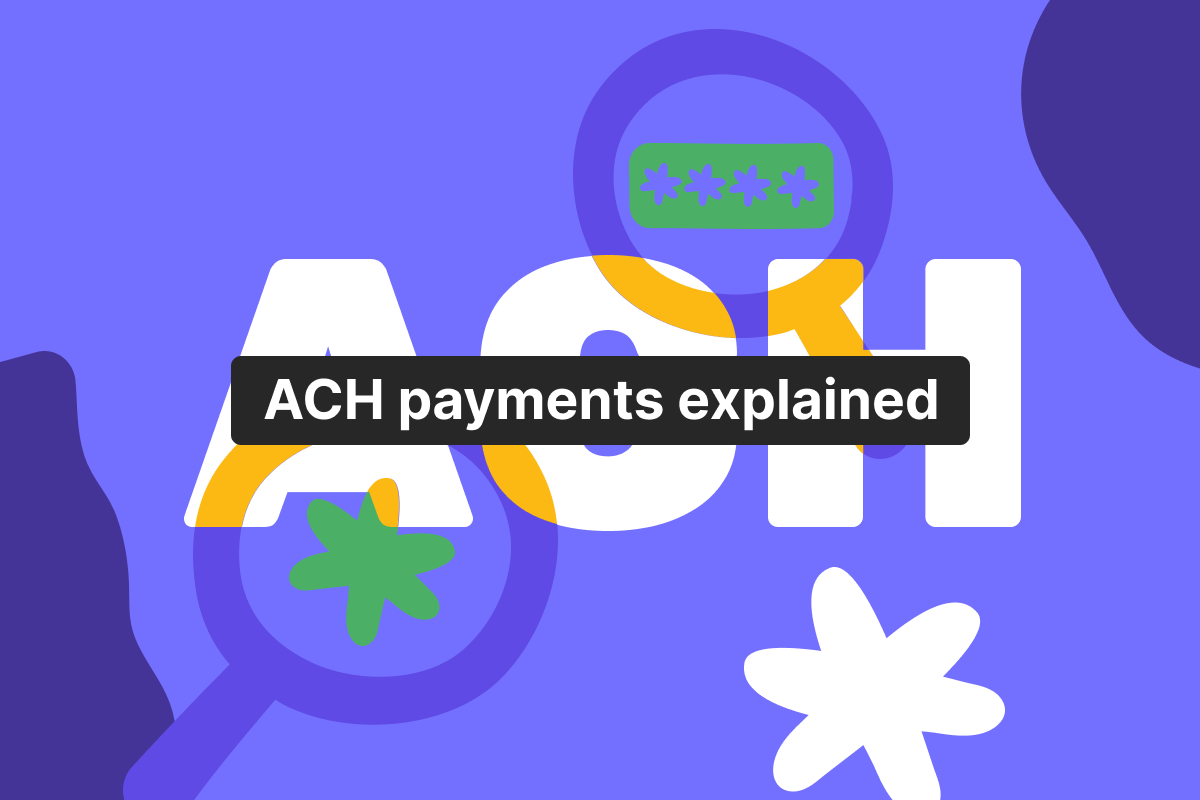Genome Blog / articles / Magento CMS and its payment methods for merchants
Feb. 18, 2022
Please note that Genome’s merchant services have been temporarily unavailable since September 2024.
We at Genome love coming up with features that make merchants’ jobs much more manageable. We provide extensive analytics, stable and easy payouts, virtual and physical corporate cards – to name a few.
But what we also enjoy doing is highlighting other services and companies that merchants may find helpful. And this time, we are talking about Magento and its pros for e-commerce businesses. Want to know more? Read on!
Magento CMS: the basics
Do you want to start selling goods and services online? Or maybe, already doing so but don’t have enough tools? Then Magento can be a solution to your many issues. It is an e-commerce platform that offers multiple services for merchants.
Although the platform has been around since 2008, it managed to attract multiple businesses, as its services are very diverse and easy to implement. As of 2021, over 250 thousand internet stores from Europe and other countries use its features and software.
The massive number of extensions that software companies may find necessary for running their business makes the CMS so great. The extensions are divided into categories such as:
- Payments and security;
- Accounting and finance;
- Shipping and fulfillment;
- Site optimization;
- Marketing;
- Customer support;
Keep in mind: there are thousands of these, but not all of them are free. So, before installing certain extensions, we recommend checking their overview, features, and technical specifications provided on the platform.
The CMS also has two versions: 1.0 and 2.0; the latter was introduced in 2015. The second version upgraded multiple things about the original version. For instance, it supports more modern solutions and features for the e-commerce industry, has a more responsive interface and design, and improves upon its architecture and security.
Nonetheless, multiple companies still use the original version, as to them, Magento 2.0 was not tested enough, or they don’t feel like leaving the familiar environment just yet.
Magento isn’t the only CMS our team has highlighted in our blog. You can also learn more about PrestaShop and OpenCart.
Genome and Magento CMS integration
So now that you know about the main benefits of Magento, would you like to join it? If your answer is yes, then we have great news! You can get the best of both worlds, as Genome provides merchant accounts for Magento users as well!
All is done thanks to a free plugin our team developed. You only need to quickly download and install it.
So, here’s how you do it:
1. Visit our website and start a business wallet within Genome following our tutorial. Don’t worry about visiting our branches – everything is carried out online! After you can apply for a merchant account – it is easy. Check out this article for more information.
2. Once you get accustomed to using our merchant services – download the plugin from our documentation. Please note that we have two plugin versions: Magento 1.9 and 2.0. The first is suitable for Magento version 1, and the second – for version 2, respectively.
3. You will need to create a new payment page – go to merchant.genome.eu for this. After that, find the public and secret keys generated in the “general” tab.
4. Following the more detailed descriptions in our documentation, go to Magento and install our plugin. Confirm the installation with keys generated.
Now you can use both services and benefit from them immensely! Moreover, we have similar integrations with such e-commerce platforms as Shopify, WooCommerce, Drupal, OXID, PrestaShop, and OpenCart. For more information, check out our website. You can always contact our team via chat or email us at support@genome.eu.
The advantages of Genome for businesses:
FAQ
What are the payment methods?
If you want to accept money from customers, these are a must. The term generally describes different ways in which customers can pay for goods and services online and in physical stores.
Usually, these are categorized in two ways. The first: general payment method types without specific brand namings. Such a list usually looks like this: eWallets, debit cards, bank transfers, credit cards, mobile payments, cash, etc.
Another way to differentiate between payment methods is to refer to the period they were established. These are traditional payment methods (physical money and cards) and alternative payment methods. The second category includes all the other payment options. So, when we list some of the examples, we can say that euro banknotes and Visa cards are traditional payment methods, while Klarna, Apple Pay, and PayPal – alternative ones.
What are popular payment methods for Magento?
There are a lot of payment methods on the platform. First and foremost, there are default options that the CMS provides:
- Check / Money order
- Bank Transfer
- Payment on account
- Cash on delivery
- Purchase order
And if it’s not enough, merchants can install the extensions of payment methods they prefer. Some of the popular methods include:
- AliPay
- Skrill
- Google pay
- Przelewy24
- Klarna
- Mollie
- PayPal
There are a plethora of options – you can find out if there’s a specific one for you using the search option here.
How do I change my payment method in Magento?
To choose a preferred payment method, or change the existing one, go to your dashboard. From there, choose the “stores” menu. Go to “configuration”, scroll down to “sales”, and click the “payment methods” option.
When there, you will need to specify the merchant location if you haven’t done so yet. After that, choose the payment method you prefer: either from the standard ones we described before or from extension options you have installed prior.





